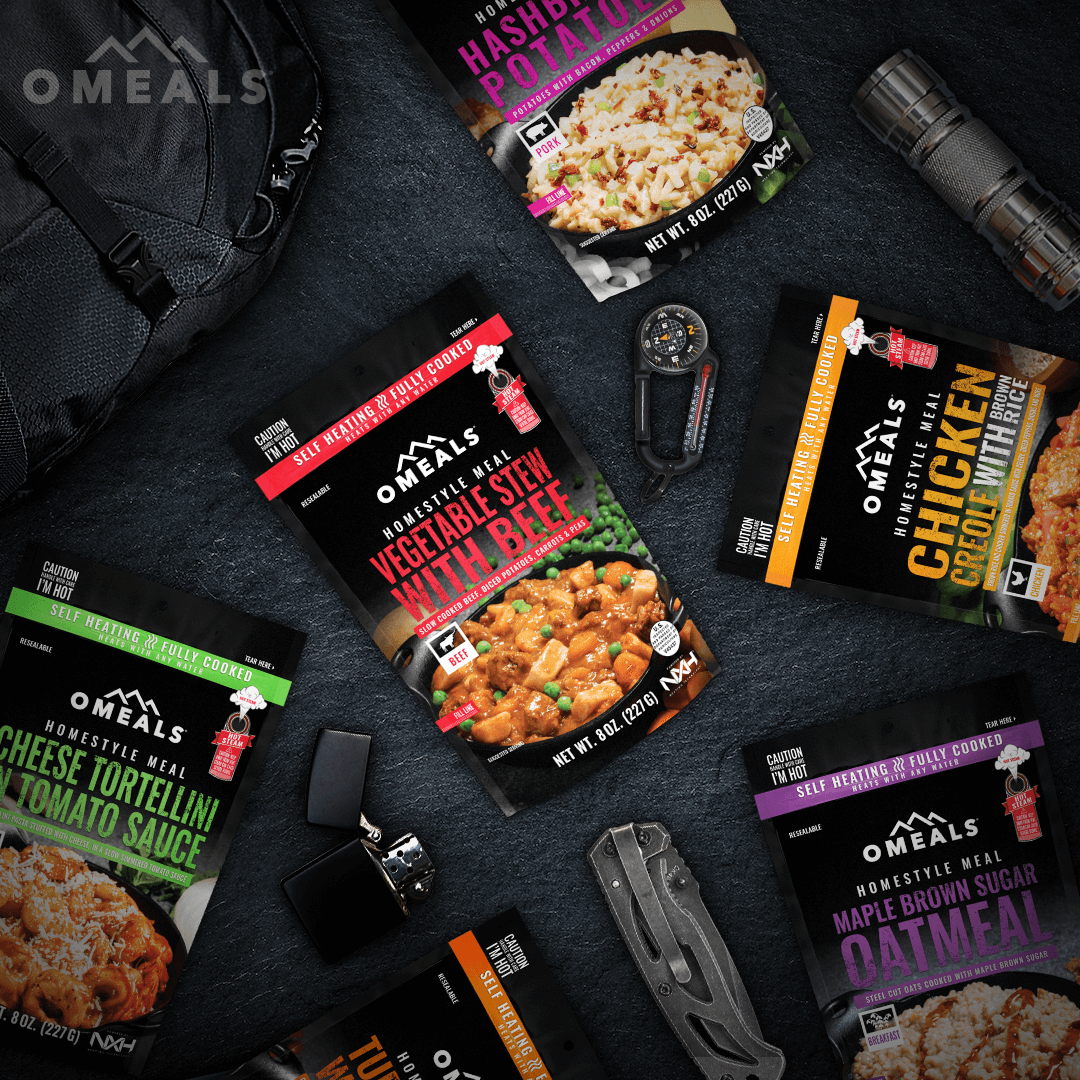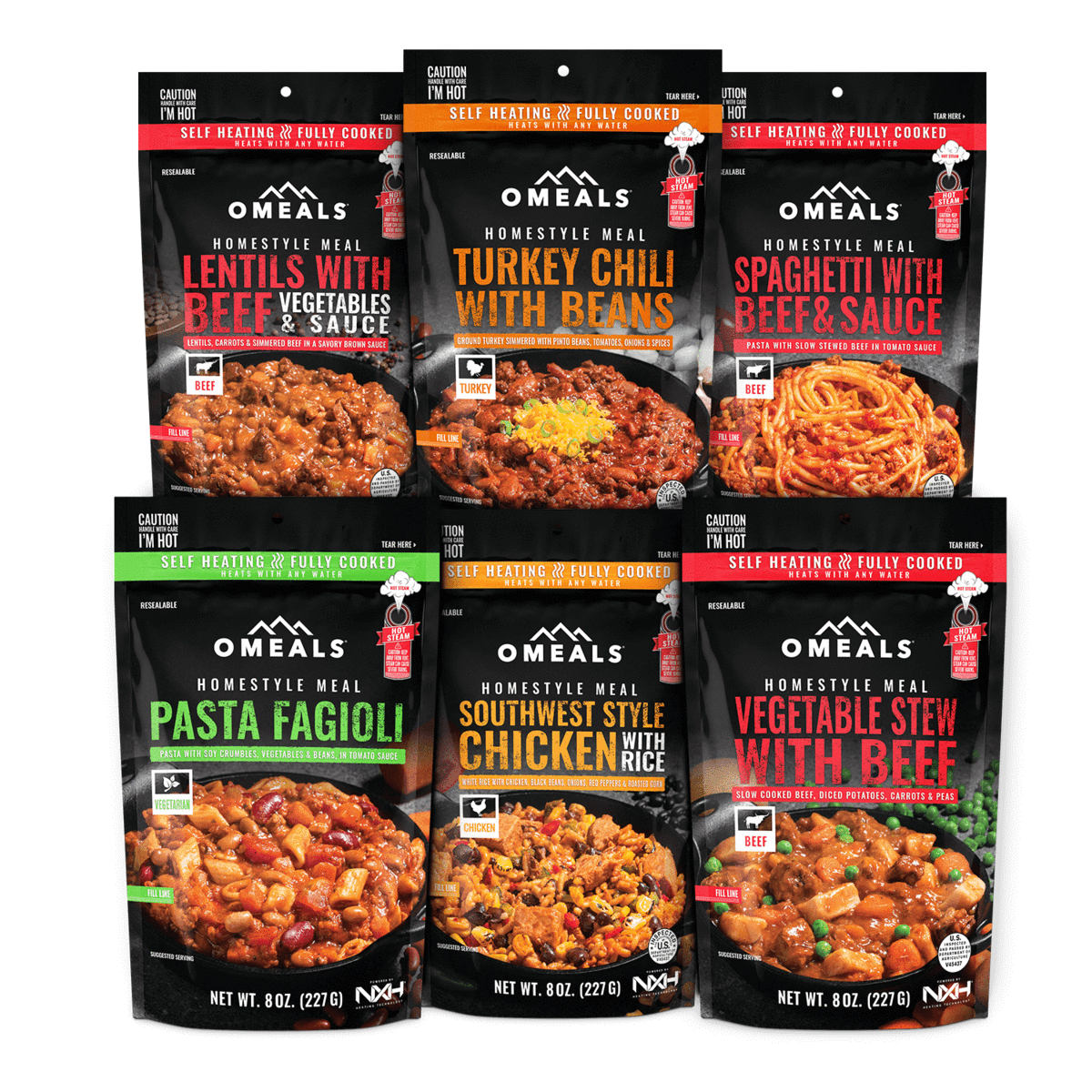Meals ready to eat or MREs as they are more commonly referred to, are a self-contained meal that is in its own packaging. These were originally designed by the United States military to feed our troops when they were deployed.
They were given to service men and women who were in combat zones, or in other field regions where regular cooking or food facilities weren't available.
It was quickly discovered that having a hot meal at the ready can lift a soldier's spirits and enhance their performance. A hot meal is vital to keeping their morale high and helping them to be able to maintain their stamina.
MREs are packaged with flameless heaters that can heat the meals quickly and efficiently so that the soldiers are able to eat a healthy hot meal out in the field regardless of where they're at. Here is some of the history of the MREs and how they came to be.
Civil War
As far back as the civil war soldiers were in need of meals. However, the meals served back then came in the form of rations that would include most of the following (these would vary by region):
- 20 ounces of salt pork or beef
- 12 ounces of Hardtack (this is bread)
- 1 ounce of compressed cubes of vegetables mixed
- 8 quarts of peas or beans
- 10 pounds of rice
- 10 pounds of coffee beans
- 10 pounds of sugar
- 2 quarts of salt
- and one gallon of vinegar


